It was one of the first Castles in England constructed in stone, quite amazing considering the number of castles that were been built in the country.
In this post, you’ll discover the top 8 facts about Ludlow Castle, a structure with quite a few stories to tell.
1. The castle was founded in the 11th century
Ludlow Castle was founded by Walter de Lacy, a Norman nobleman who joined William the Conqueror during the Norman Conquest of England in 1066. The castle was part of a larger program to build castles near the border with Wales in the west of England.
It’s believed the construction of the castle started around 1075 by Walter de Lacy and was continued by his son Roger de Lacy. It was completed by the year 1115 and was one of the first stone castles to have been built in England.

2. It originally had a different name
After the Norman Conquest of England, FitzOsbern was made the Earl of Hereford. Walter de Lacy was the second in command of the earl and given up to 163 manors, 91 of which were in Herefordshire alone.
Walter decided to build the castle in a strategic location on top of a little rocky hill overlooking the Teme River. One of the most fascinating facts about Ludlow Castle is that it was originally referred to as “Dinham Castle” before the name of the town was changed to Ludlow.
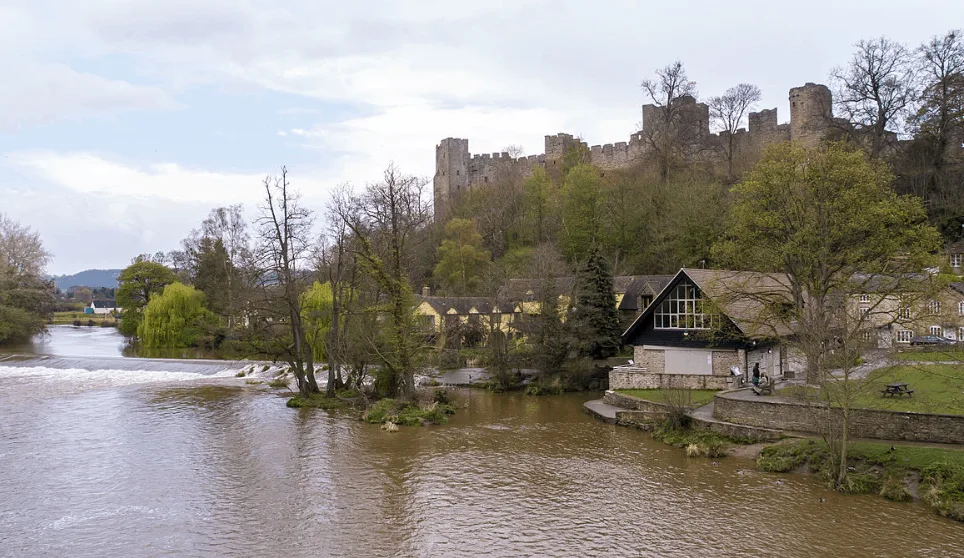
3. The Great Tower was built in the 12th century
One of the first additions to the castle was the Chapel of St. Mary Magdalene which was built between 1090 and 1120. The most significant addition to the castle was the construction of the Great Tower which is estimated to have been completed around 1139.
This tower was created by transforming the entrance tower and eventually served as some sort of keep, protected by the outer bailey which was constructed later in the 12th century.

4. The castle was connected to the town’s wall
Another one of the very interesting facts about Ludlow Castle is that it was connected to the town’s defensive walls. These walls were being constructed starting in the year 1233 and the castle essentially became part of the town’s most important defensive structure.

The castle itself had a total of 4 towers and a gatehouse tower along the walls. Ditches were dug along the rocks and the excavated stones were being used for the construction of both the walls and the castle.
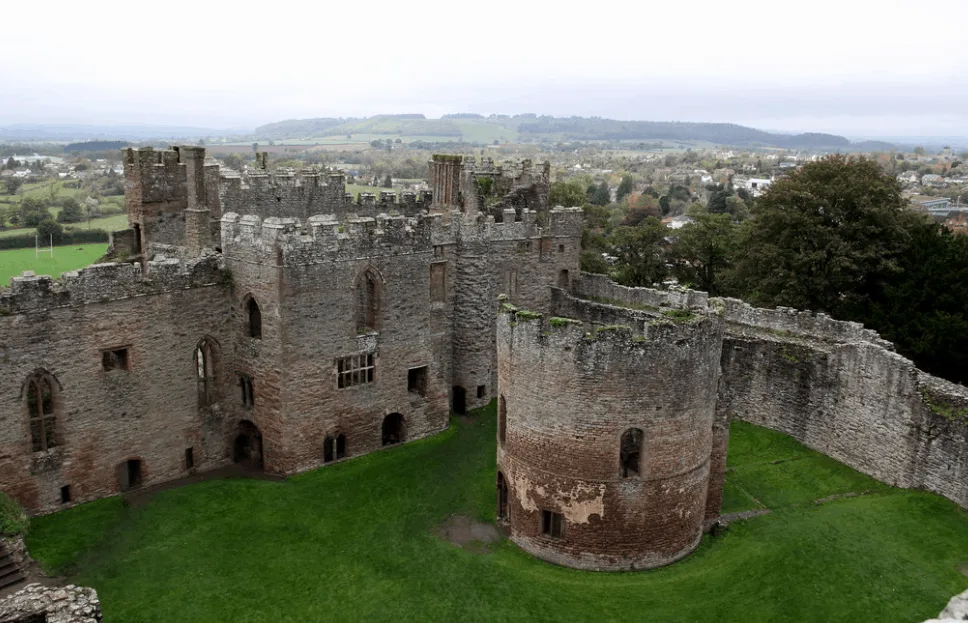
5. Two major additions were built after the Second Barons’ War
The Second Barons’ War broke out in England in the year 1260 and the castle was briefly seized by rebel leader Simon de Montfort after a defeat of the Royalists. It was recaptured by King Henry shortly after.
Henry’s supporters continued to occupy the castle and under the command of Geoffrey de Geneville, the castle saw two major additions during the final part of the 13th century, the Great Hall and the Solar block.
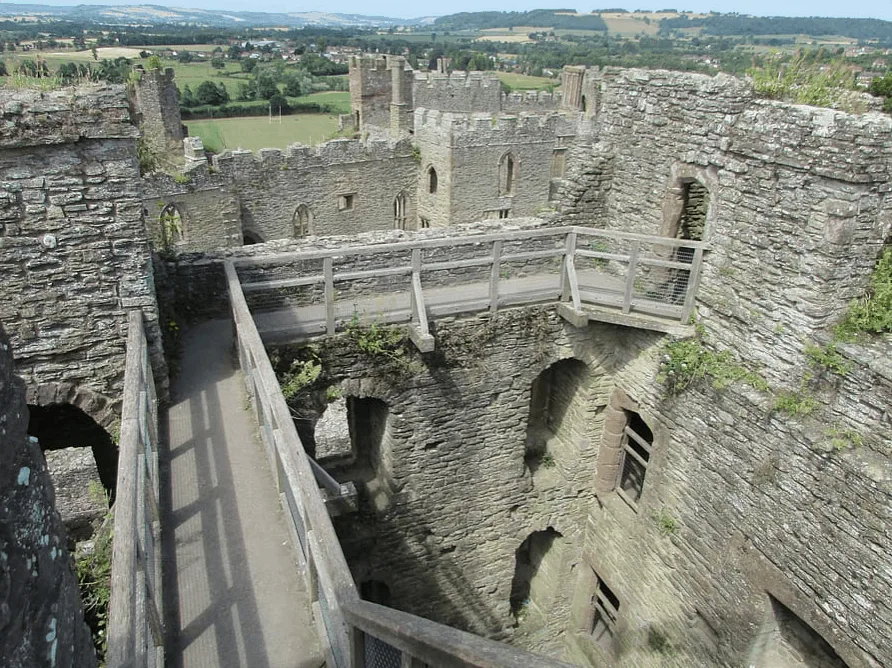
6. The castle became the headquarters of the Council of the Marches of Wales
In the late 15th century, Edward IV founded the Council of the Marches of Wales and used the castle for this administrative body. BY this time, the castle had become residential rather than military.
This council had an area of responsibility that ranged from all of modern Wales to most parts of Shropshire, Herefordshire, Worcestershire, Cheshire, and Gloucestershire. The council seized to exist in 1689 which resulted in the castle slowly falling into decay afterward.
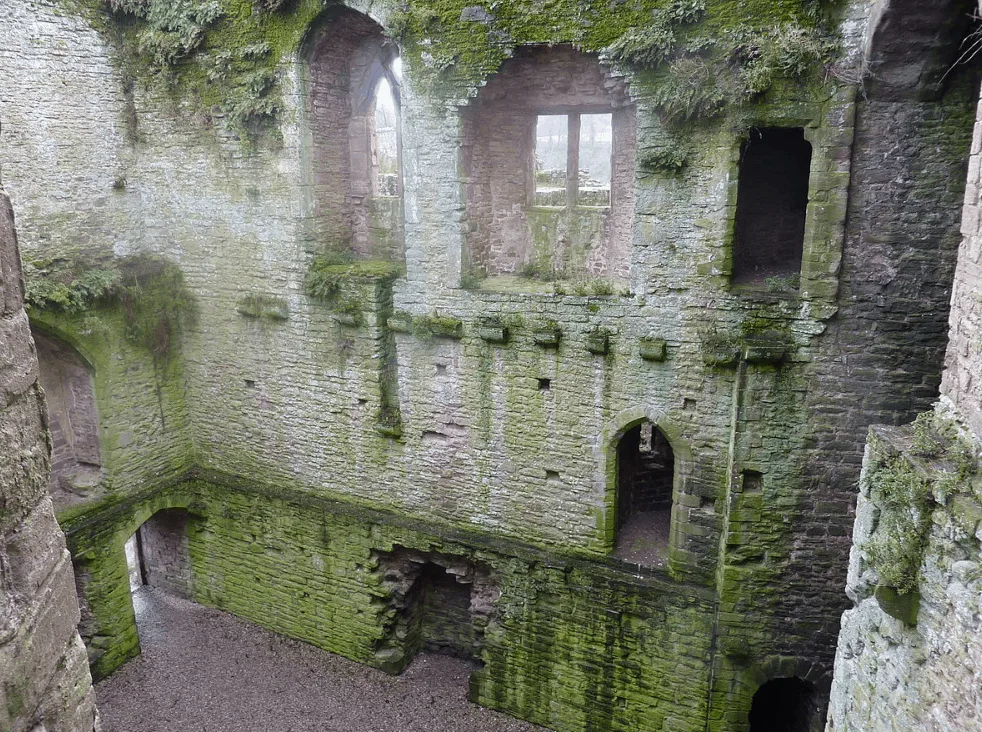
7. The castle didn’t see major action during the English Civil War
The English Civil War broke out in the year 1641, and Ludlow and its region supported the Royalists. In fact, a Royalist garrison occupied the castle during the Civil War and was sent out several times to support the troops on the battlefield.
They eventually ended up defending Ludlow itself after a large number of defeats against the Parliamentarians, and the castle was surrendered after a short siege on May 26, 1646, without bloodshed. The castle was stripped of its valuables which were sold shortly after the siege had ended and the castle was abandoned and never recovered from the war.
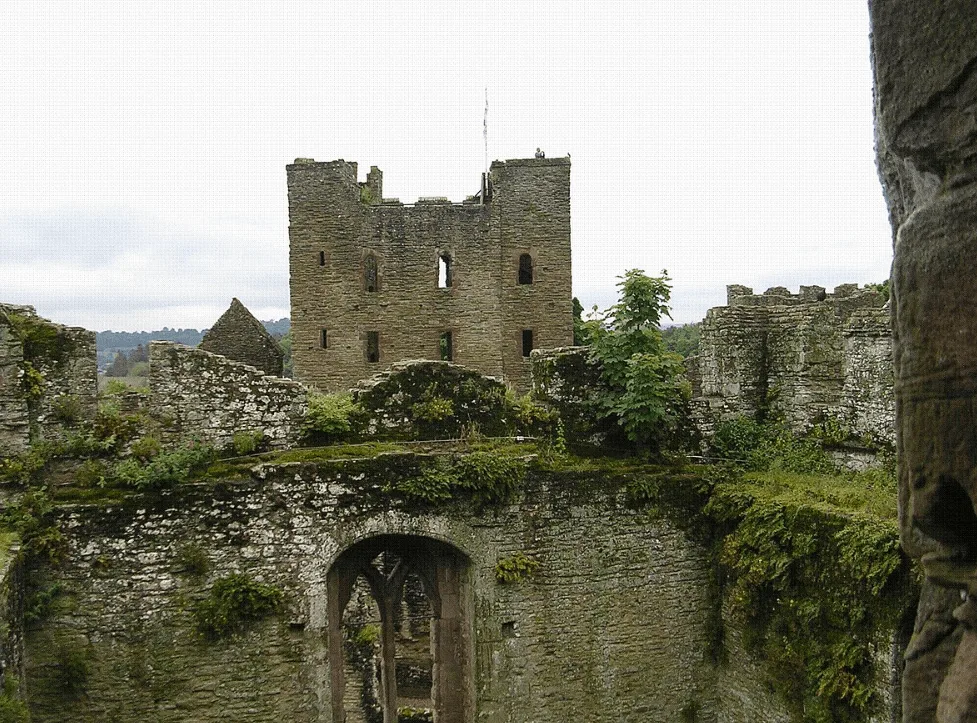
8. The castle remained a ruin until modern times
In the 1970s and 1980s, the Department of the Environment was in charge of the renovations, and government staff was working at the castle. The guardianship of the castle was taken over by English Heritage in 1984 and things started moving forward faster as they were able to acquire a budget of £500,000 for the repairs.
The castle is a Scheduled Monument and a Grade I listed building in the United Kingdom and has become a popular tourist attraction and is used frequently to hold events and other festivities as well.

